What Are C Mount Lenses ?
C-mount lenses are a type of lens mount commonly used in the field of photography and videography. They have a flange focal distance of 17.526 mm and a thread diameter of 1 inch (25.4 mm). C-mount lenses were initially developed for 16mm film cameras but have since been adapted for use with various digital cameras and CCTV systems.
These lenses are known for their compact size and versatility. They can be easily interchanged and are compatible with a wide range of cameras and imaging devices. C-mount lenses are commonly used in applications such as surveillance systems, machine vision, microscopy, and scientific imaging.
Due to their small size, C-mount lenses typically have a fixed focal length and limited zoom capabilities. However, they are often favored for their high optical quality and wide aperture options, allowing for excellent low-light performance and shallow depth of field effects. C-mount lenses are available in a variety of focal lengths and can be used to capture different types of images, from wide-angle shots to telephoto perspectives.
1、 Definition and History of C Mount Lenses
C mount lenses are a type of lens mount commonly used in the field of photography and cinematography. The "C" in C mount stands for "cine," indicating its origins in the film industry. These lenses have a flange focal distance of 17.526mm, which refers to the distance between the lens mount and the image sensor or film plane.
C mount lenses were first introduced in the 1920s for 16mm film cameras. They were initially designed for use in motion picture cameras but later found applications in various other industries, including scientific imaging, machine vision, and surveillance systems. The compact size and versatility of C mount lenses made them popular for a wide range of applications.
One of the key features of C mount lenses is their interchangeable nature. This means that different lenses can be easily attached and detached from the camera body, allowing photographers and cinematographers to use a variety of lenses for different purposes. C mount lenses are typically manual focus lenses, although some modern versions may include autofocus capabilities.
In recent years, C mount lenses have seen a resurgence in popularity due to the rise of mirrorless cameras and digital cinematography. Many camera manufacturers now offer adapters that allow C mount lenses to be used with their mirrorless camera systems, providing photographers and filmmakers with access to a wide range of vintage and specialty lenses.
Overall, C mount lenses have a rich history and continue to be valued for their versatility and compatibility with various camera systems.

2、 Characteristics and Features of C Mount Lenses
C mount lenses are a type of lens mount commonly used in the field of photography and videography. They were initially developed for 16mm film cameras but have since been adapted for use in digital cameras and other imaging devices.
C mount lenses are characterized by their 1-inch diameter and 32 threads per inch, which allow them to be easily attached and detached from the camera body. They are known for their compact size and lightweight design, making them ideal for portable and handheld shooting.
One of the key features of C mount lenses is their versatility. They can be used with a wide range of cameras, including mirrorless cameras, digital SLRs, and even some smartphones with the help of adapters. This makes them a popular choice among photographers and videographers who want to experiment with different camera systems without investing in multiple lenses.
C mount lenses also offer a wide range of focal lengths and aperture options, allowing for creative control over depth of field and image composition. They are often used in applications that require a high level of precision, such as scientific imaging, machine vision, and surveillance systems.
In recent years, there has been a resurgence of interest in C mount lenses among filmmakers and cinematographers. The compact size and vintage aesthetic of these lenses have become popular for achieving a unique look in films and music videos. Additionally, with the rise of mirrorless cameras and the ability to adapt lenses from different systems, C mount lenses have gained renewed attention for their compatibility and adaptability.
Overall, C mount lenses offer a combination of versatility, compactness, and image quality that makes them a valuable tool for photographers and videographers in various fields.
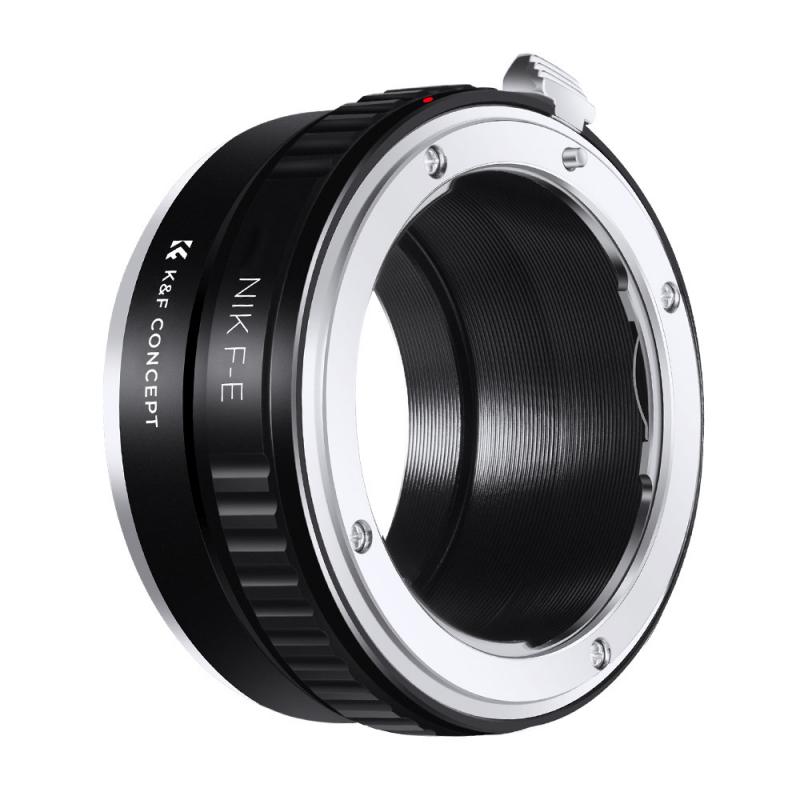
3、 Compatibility and Adaptability of C Mount Lenses
C mount lenses are a type of lens mount commonly used in the field of photography and videography. They were initially developed for 16mm film cameras but have since been adapted for use with digital cameras and other imaging devices. The "C" in C mount stands for "cine," indicating its origins in the cinema industry.
C mount lenses are characterized by their 1-inch diameter and 32 threads per inch, which allows for a secure and precise attachment to the camera body. They are known for their compact size and lightweight design, making them ideal for portable and handheld shooting.
One of the key advantages of C mount lenses is their compatibility and adaptability. They can be easily used with a wide range of cameras, including mirrorless cameras, DSLRs, and even some smartphones, through the use of adapters. This versatility allows photographers and videographers to experiment with different lenses and achieve various creative effects.
Furthermore, C mount lenses can be used with different sensor sizes, including Micro Four Thirds, APS-C, and full-frame sensors. This adaptability makes them a cost-effective option for photographers who may have multiple camera bodies with different sensor sizes.
In recent years, there has been a resurgence of interest in C mount lenses due to their unique characteristics and vintage aesthetic. Many photographers and filmmakers appreciate the distinct look and feel that these lenses can bring to their work. Additionally, the availability of adapters and the growing market for vintage lenses have made it easier for enthusiasts to explore and experiment with C mount lenses.
In conclusion, C mount lenses are a versatile and adaptable option for photographers and videographers. Their compatibility with various camera systems and sensor sizes, along with their compact size and vintage appeal, make them a valuable tool for creative expression.

4、 Applications and Uses of C Mount Lenses
C mount lenses are a type of lens mount commonly used in the field of photography and videography. They are named after the C-shaped mount that connects the lens to the camera body. C mount lenses were initially developed for 16mm film cameras but have since been adapted for use in digital cameras and other imaging devices.
C mount lenses are known for their compact size and versatility. They are widely used in various applications, including surveillance systems, machine vision, microscopy, and scientific imaging. The small size of C mount lenses makes them ideal for use in compact cameras and devices where space is limited.
One of the key advantages of C mount lenses is their ability to be easily interchanged. This allows photographers and videographers to quickly switch between different lenses to achieve different focal lengths and perspectives. Additionally, C mount lenses are often compatible with a wide range of camera systems, making them a popular choice among professionals and enthusiasts.
In recent years, C mount lenses have gained popularity in the field of cinematography. With the rise of digital cinema cameras, many filmmakers have started using C mount lenses to achieve a vintage or retro look in their films. The unique characteristics of C mount lenses, such as their lower contrast and softer image quality, can add a distinct aesthetic to the footage.
Overall, C mount lenses offer a versatile and compact solution for various imaging applications. Their interchangeability and compatibility make them a popular choice among photographers, videographers, and filmmakers. With the continuous advancements in technology, C mount lenses are likely to remain relevant and widely used in the imaging industry.
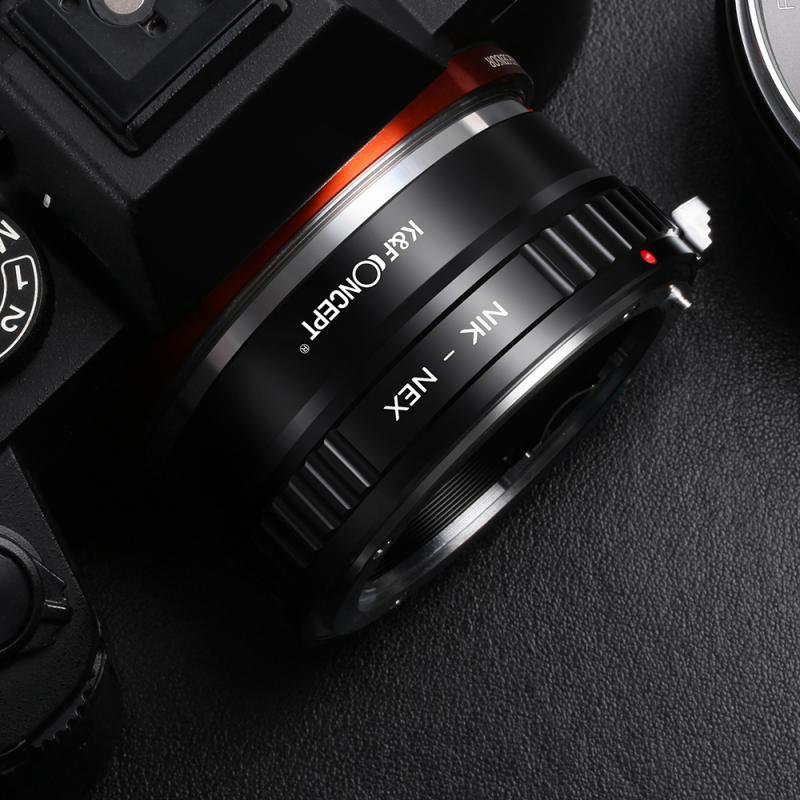




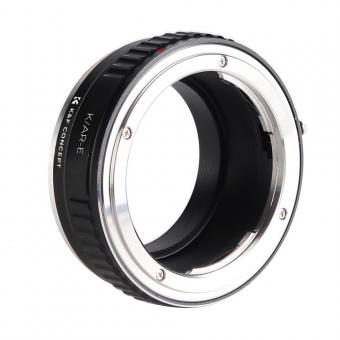



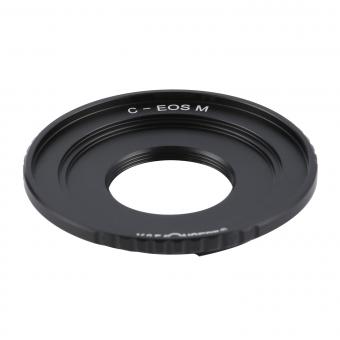


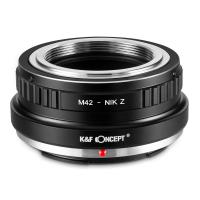



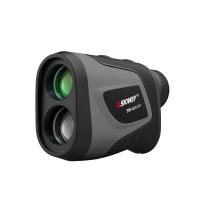



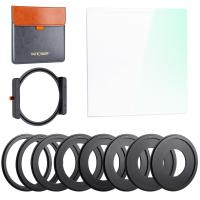

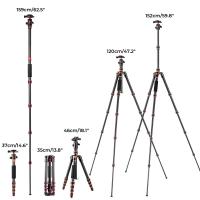

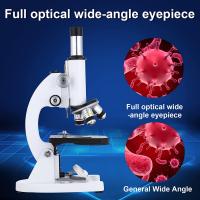
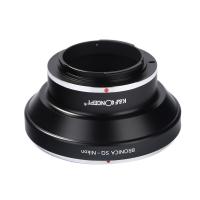
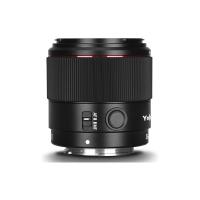



There are no comments for this blog.